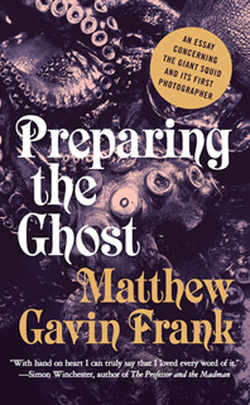
It's the idea of myths and legends that is explored in Frank's newest book. Yes, the cover sports a subtitle, "An Essay Concerning the Giant Squid and Its First Photographer." And yes, the book starts out in a typical linear narrative with an introduction of Reverend Moses Harvey, an amateur naturalist in the 1870s who is obsessed with the Giant Squid. Indeed, as readers, we even get to see his captured squid in a black-and-white photograph that is found at the very start of the book. (The picture, somehow, reminds me of the monsters in the old monster movies of the 50s and 60s -- even though the picture was taken decades before).
Still readers venturing into Preparing the Ghost should be prepared. This is not a linear narrative or a typical biography. Instead, Frank weaves myth, science, history, and even personal memoir throughout Harvey's story. Indeed, there are even glimpses of Frank's own research process, including his efforts to find out more information about Harvey and his family and the very landscape that helped to capture the myth of the giant squid. Yet, even though the author wanders, he always returns to Harvey's story and the mysterious squid. Any reader who sticks with the author's meanderings will be treated to intriguing history, interesting mythology and strong lyrical writing -- and most of all stories that will grab a hold of you and not let go.
Sorta, I guess, like the suckers of a Giant Squid.
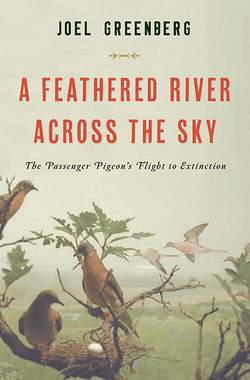
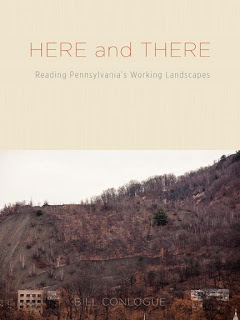
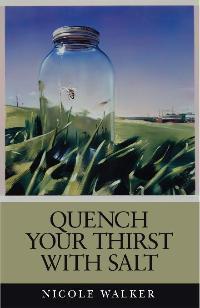
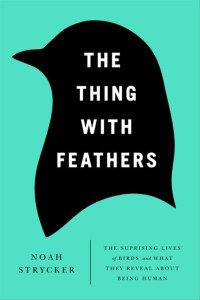
 RSS Feed
RSS Feed
